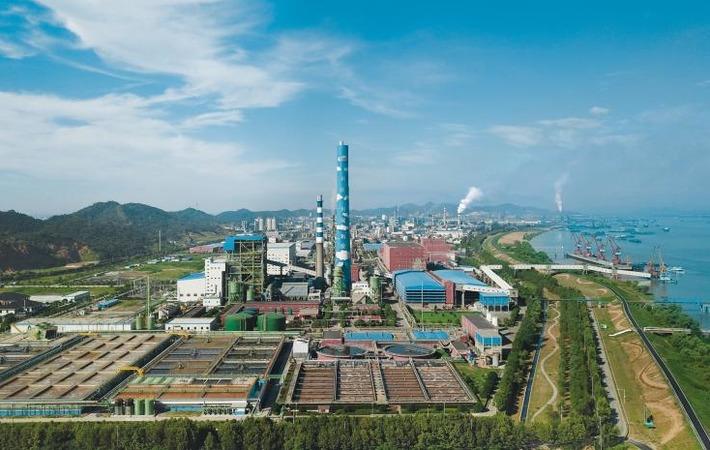Sateri, the largest producer of viscose fibre, has its two more mills in China, Sateri Jiujiang and Sateri Jiangxi, have received verification of compliance to the emissions limits set out in European Union Best Available Techniques Reference Document (EUBAT BREF) on Polymers. In April, Fujian was Sateri’s first mill to be verified as EU-BAT compliant.
Sateri, the largest producer of viscose fibre, has its two more mills in China, Sateri Jiujiang and Sateri Jiangxi, have received verification of compliance to the emissions limits set out in European Union Best Available Techniques Reference Document (EUBAT BREF) on Polymers. In April Fujian was Sateri's first mill to be verified as EU-BAT compliant.#
This brings the total number of EU-BAT compliant mills to three of five, accounting for over 60 per cent of Sateri’s overall fibre production capacity. Verified by independent consultant Sustainable Textile Solutions (STS), a division of BluWin Limited (UK), the parameters of the EU-BAT BREF assessed included resource utility efficiency, wastewater discharge and air emission.
Sateri, the largest producer of viscose fibre, has its two more mills in China, Sateri Jiujiang and Sateri Jiangxi, have received verification of compliance to the emissions limits set out in European Union Best Available Techniques Reference Document (EUBAT BREF) on Polymers. In April Fujian was Sateri's first mill to be verified as EU-BAT compliant.#
As a highlight, STS’ assessment concluded that the energy intensity and air emission of Sateri Jiujiang and Sateri Jiangxi were well under EU-BAT norms for viscose production. Considering the EU-BAT energy requirements limit of 30GJ/MTf, the mills were each saving about 1,100 kg CO2/MT of fibre production.
Sateri, the largest producer of viscose fibre, has its two more mills in China, Sateri Jiujiang and Sateri Jiangxi, have received verification of compliance to the emissions limits set out in European Union Best Available Techniques Reference Document (EUBAT BREF) on Polymers. In April Fujian was Sateri's first mill to be verified as EU-BAT compliant.#
The mills also followed local requirements for controlling ecological impact for viscose production, and there were no gaps identified against EU-BAT. Sateri Jiangxi is a 16-year-old mill and the company’s first and oldest, while Sateri Jiujiang was acquired and expanded in 2015.
Sateri, the largest producer of viscose fibre, has its two more mills in China, Sateri Jiujiang and Sateri Jiangxi, have received verification of compliance to the emissions limits set out in European Union Best Available Techniques Reference Document (EUBAT BREF) on Polymers. In April Fujian was Sateri's first mill to be verified as EU-BAT compliant.#
“For three of our five mills to meet the EU-BAT emissions limits in such a short span of time is a testament to our continued investment in best-in-class technologies. This applies to all our mills regardless of whether they are existing, acquired, or newly constructed ones as we aim to achieve a high level of sustainability performance across all our operations,” Allen Zhang, president of Sateri, said in a press release.
Sateri, the largest producer of viscose fibre, has its two more mills in China, Sateri Jiujiang and Sateri Jiangxi, have received verification of compliance to the emissions limits set out in European Union Best Available Techniques Reference Document (EUBAT BREF) on Polymers. In April Fujian was Sateri's first mill to be verified as EU-BAT compliant.#
The company is well on track for its remaining two mills, Sateri Jiangsu and Sateri China which were acquired and newly-built in 2019 respectively, to comply with EUBAT’s recommended emission levels by 2023.
Fibre2Fashion News Desk (JL)
